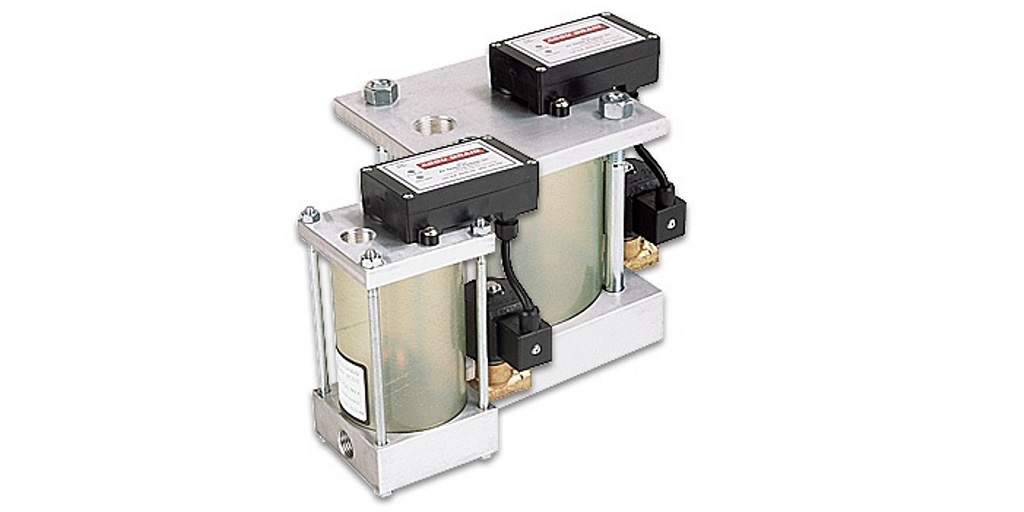This automatic drain is designed to be trouble-free. After a good installation and operation, the Robo Drain condensate collector and drainer will last for years, collecting water vapor and other impurities often present in a compressed air system.
The Robo Drain is the definitive zero-loss energy efficient option. There is no need for energy since the device is automated. Because of its low profile, it may be installed in places where the draining vessel is just a few inches above the ground. The employment of a magnetic force in the construction of an air valve promotes a good opening and shutting. Preventing any air loss.
It is skillfully placed distant from the moisture level to avoid any interaction of metal particulates to the magnetic field. The side-loading issue, which would normally cause early sealing breakdown around the valve stem, is prevented using an ingenious ball valve support and positioning mechanism.
As a result, scale and corrosion will be expelled via the ball valve’s full-ported discharge port.
How Robo Drain Works
One of two openings allows condensation to enter the system. Because of the transparent vessel, you can see how the condensation builds up. In response to the amount of condensation, a stainless steel float rises and exerts a magnetic force on the valve housing.
It is only when the water level reaches the target level that the magnet in the valve casing sweeps up and enables air to travel through a stainless steel seat.
After that, the air is sent to a non-lubricated air cylinder, which expands and opens the ball valve. Descaling and rust particles leave the device quickly.
As soon as the float reduces magnetic tension, it seals the valve seat using a Viton gasket. The positive closing ball valve is rotated back to its regularly closed position by a strong spring that restores the air cylinder to its normal position.
The air in the drain reservoir is separated from the pilot air required to activate the air cylinder.
How Compressed Air Condensate Is Removed
Condensate is drawn into the drain using one of two entrance ports. In response to the condensate being collected and the transparent reservoir filling, a stainless steel float mechanism rises into position.
It is activated when the condensate reaches its design level by an isolated magnetic trigger. To open a full-port drain valve, control air is directed to the valve actuator via the trigger assembly.
The unit’s condensate will then discharge. With each decrease in the float, the trigger assembly shuts the control airline, and the valve actuator closes the ball valve, completing the cycle. Afterward, the drain is reverted to its collecting state.
Precautions During Setup
● Drains should not be placed in locations where they will be subjected to temperatures below zero degrees Fahrenheit (heater option is available).
● If the drain’s operating pressure is 250 PSI, the air system’s pressure should not go over 120 PSI, and vice versa. Limit the input temperature to less than 180 degrees Fahrenheit.
● It is advised that you use one of the installation diagrams included in the installation instructions when attaching the auto drain to the air system.
● A drain should always be put in place as near as feasible to its intended target. When utilizing this automatic drain’s top intake, the whole drain must be positioned below the vessel being drained.
● If the drain discharges condensation, make sure the flexible tubing is not whipping when it is linked to the discharge.
In addition to air compressors and desiccant air dryers, Air & Vacuum Process INC offers a variety of air system accessories, including automated drain systems. You should visit their website right now since they’re the best in the business.
For more information about Mini Compressed Air Dryer and Oil Water Separator Please visit: Air & Vacuum Process Inc.





